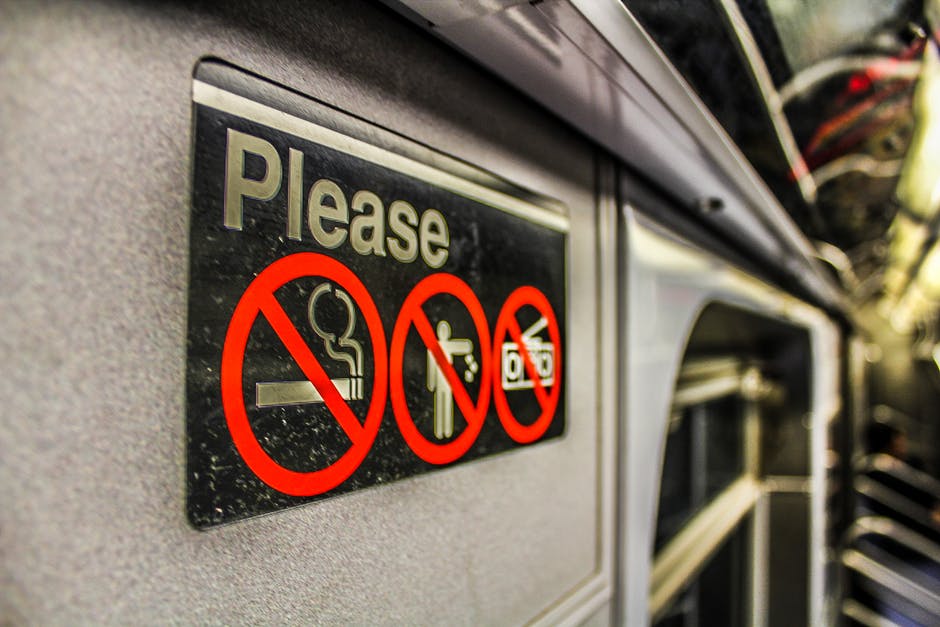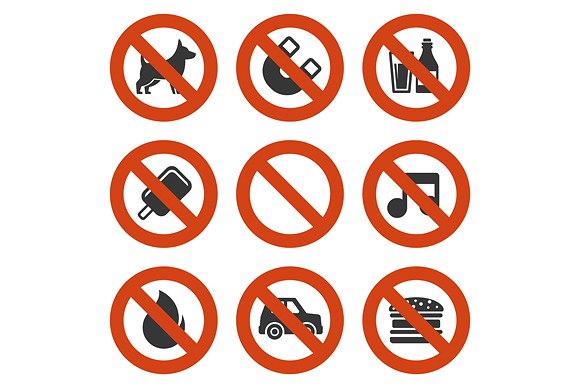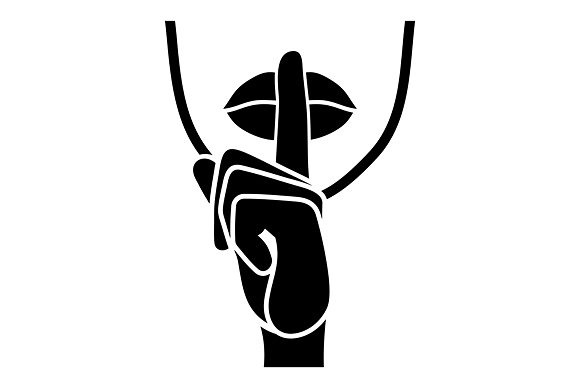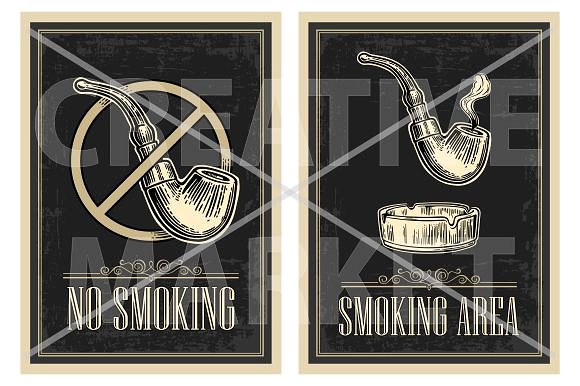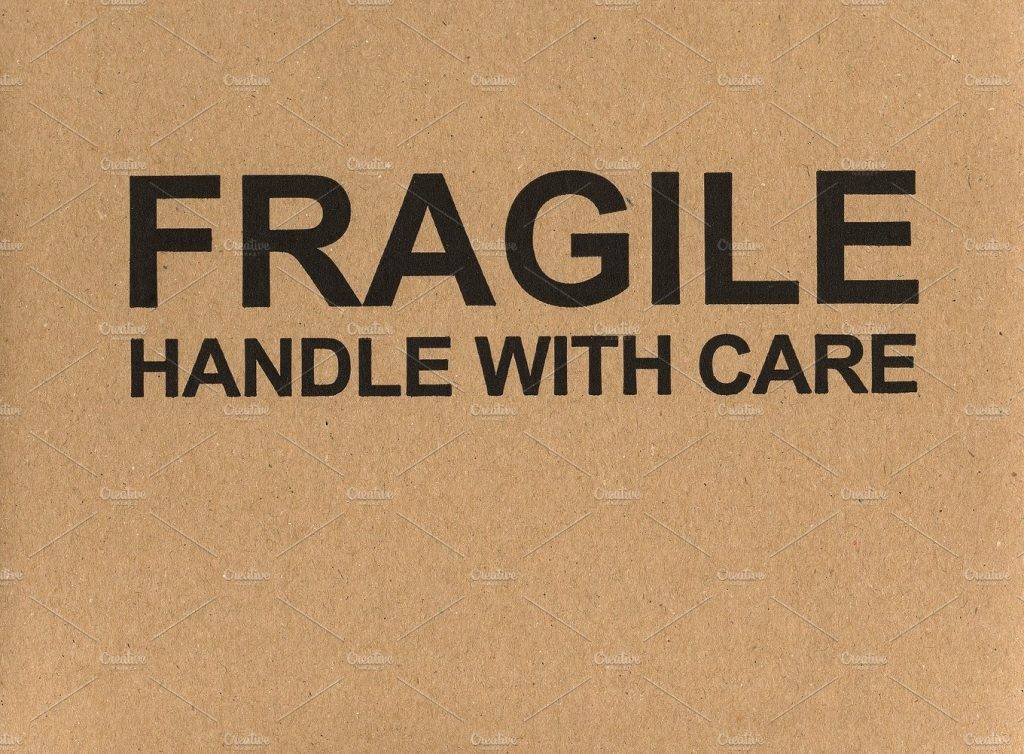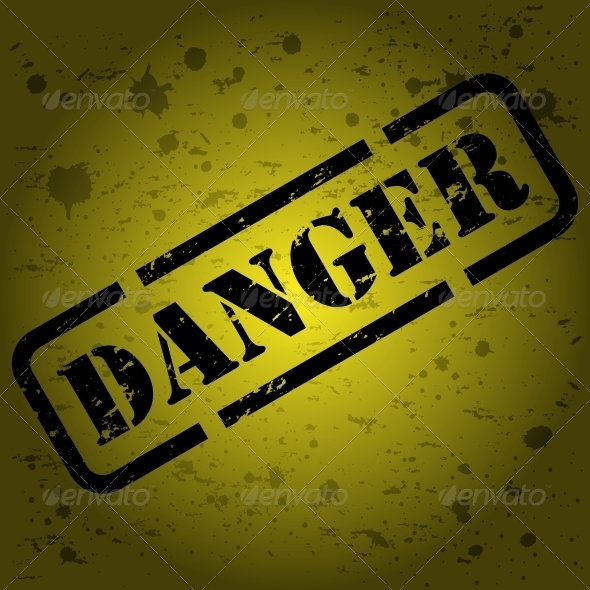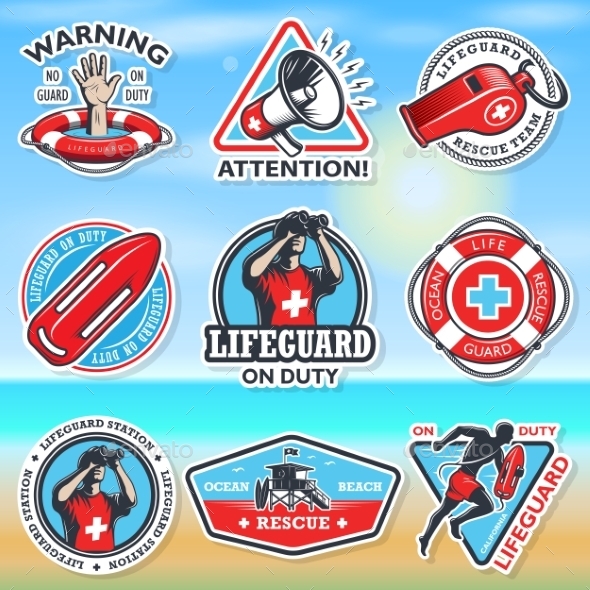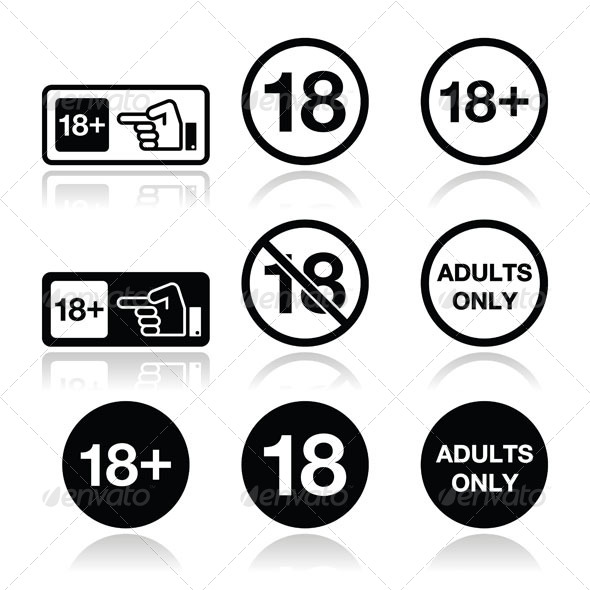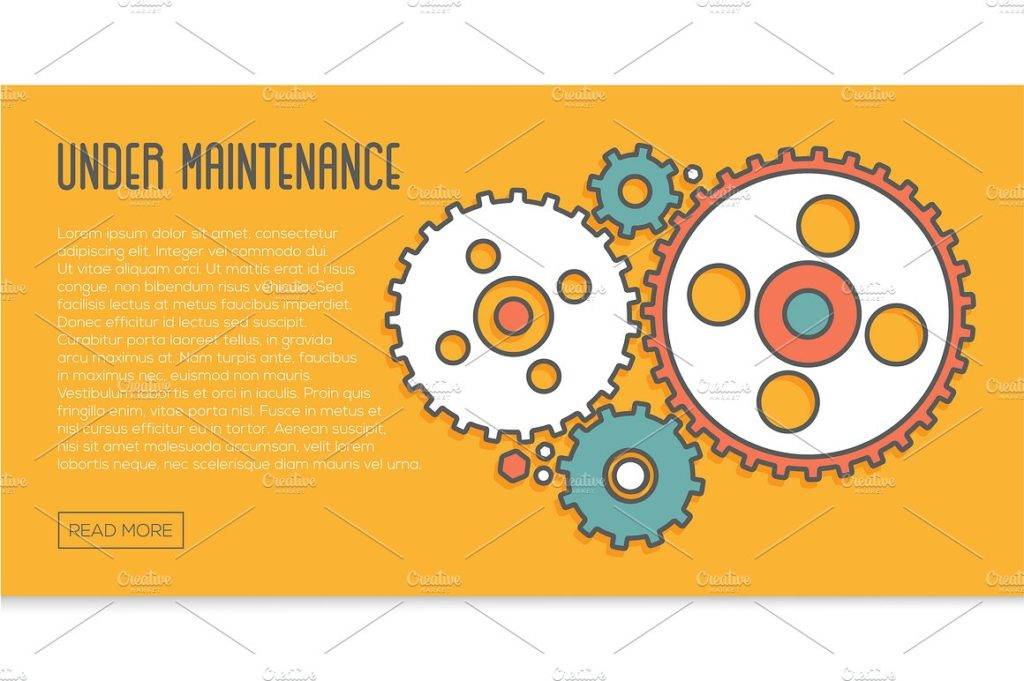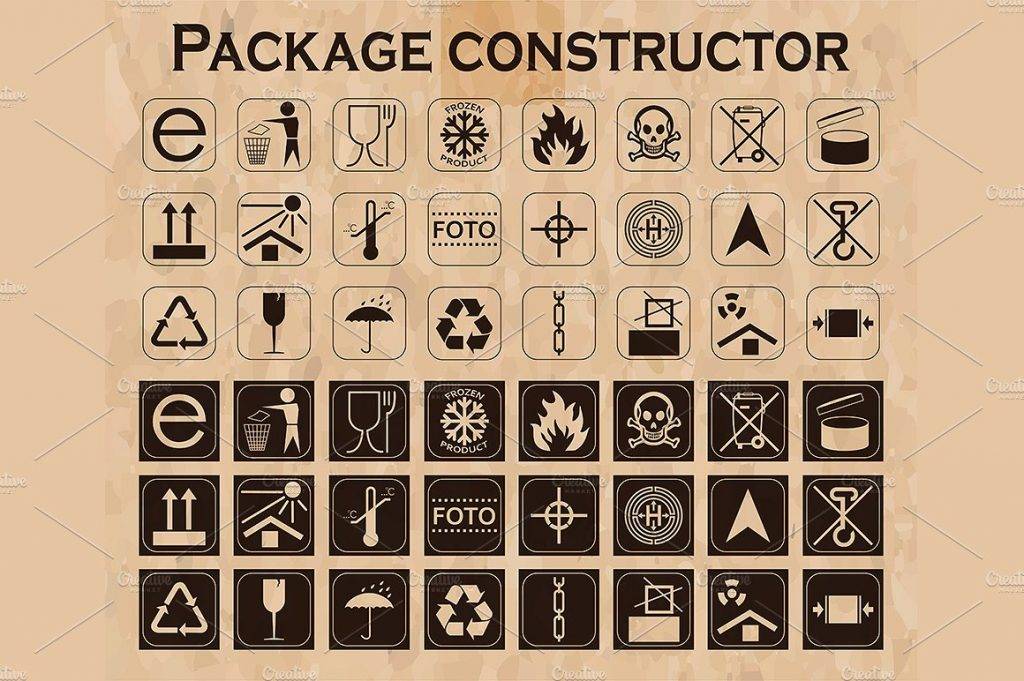15+ Different Types of Warning Labels & Examples
Not everything in this world is safe for everyone to consume. Some are harmful and dangerous that could seriously harm people and even kill living things. People in history have taken great risks to try out new apparatus, chemicals and many people have gone through bodily harm before it has been identified as hazardous to mankind. Most of the stuff we have today such gadgets, furniture, appliances, products, etc. comes with direction how to use it and how harmful it is when it is not used properly. It’s important to read warning labels properly to avoid any unwanted mishaps that can occur. Those warning labels are often illustrated so here are some tips on how to identify them and know their meaning.
History of warning labels
Warning labels have been around for a long time. They are like reminders posted on a product’s retail packaging by the manufacturer to advice consumers of the safety issue that comes with the product to raise awareness. Like any other sign, it’s at the consumer’s discretion whether to read and heed the warning or just simply ignore it.
Every year children and adults are harmed by chemical products, and sometimes they even end up in the hospital for a treatment. This is because people often do not use the products in the right way. Examples of common household chemical products that are harmful in everyone’s health when consumed internally are detergents of different kinds, dishwasher tablets, solvents, lamp oil, lighting fluids, paints and drain cleaners.
Warning labels began in United States began in 1938 when the United States Congress passed a law that mandates that the food products have a list of ingredients on the label. Since then, years have passed that the US government has passed several warning labels such as putting a warning on a person’s health in tobacco and cigarette packages, and alcoholic beverages bottles, and music albums come with a explicit content warning label if the lyrics contain sexual or profane lyrics.
In the case of children, they are not capable of reading and understanding the warning labels placed on toys and other products that they may use. It is now the duty and responsibility to the parents and the guardians to do their due diligence and to read the safety labels and understand the hazards being said by the label.
Laundry Warning Label
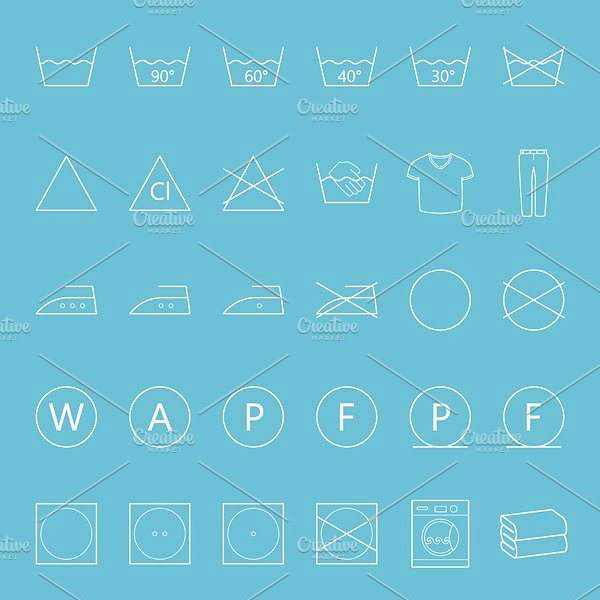
Minimalist Prohibition Label
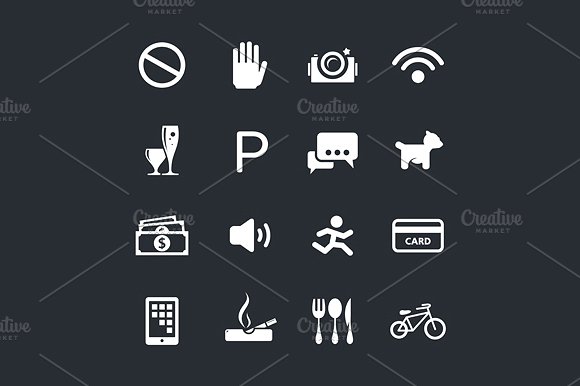
Hazard Warning Labels
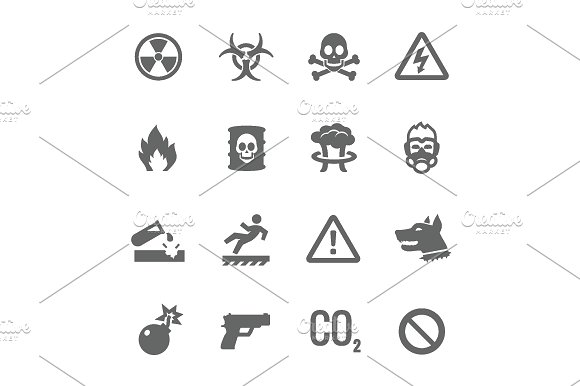
Prohibited and Warning Labels
Types of warning labels
There are many different types of warning labels that we people need to be aware of. Previous rules and regulations requiring the danger symbol to have an orange background. Sometimes, danger signs are also being replaced by new ones requiring a white background and a red frame.
Irritating or corrosive products
A product with a corrosive substance can destroy any other substance that has contact with corrosion thus it can be irritating or harmful to the skin, eyes or respiratory tract. Some may cause a severe allergic reaction. If the product is corrosive, it may cause serious damage even after only brief contact, such as splashes in the eyes. Products containing corrosive substances such as ammonia, lye and certain acids may be particularly hazardous even in only small amounts. Examples of products that may be labelled with one of these danger symbols are cleaning agents, dishwasher products, drain cleaners, toilet cleaners, and even oven cleaners. Look for any danger symbols and read the information provided.
Many products are extremely hazardous due to their physical properties, such as flammability or oxidization. Every year children, adults, and property are damaged by fire resulting from the incorrect and inappropriate handling of flammable fluids or explosive products. Examples of these are flammable fluids such as petrol, diesel and lamp oil, or solvents such as acetone, turpentine and white spirit. Fireworks, gas, LPG cylinders and spray cans are examples of products which might explode if exposed to heat. Read the warning label that comes with it and properly follow the guidelines to avoid accidents.
Keep Quiet Label
Products hazardous to health
In addition to the harmful effects mentioned above, some products may cause serious damage to your health if you inhale them or happen to get them inside your mouth, eyes, ears, or nose. Examples of such substances are ethylene glycol (coolant products used in cars, air conditioners, etc. ), lighting products, lamp oils and paraffin. As well as being labelled as hazardous, some lamp oils and barbecue lighting fluid are packaged in black, opaque bottles, and are supplied with a child-resistant fastening. This is to avoid anyone, especially children in tasting the product.
Triangular Warning Labels
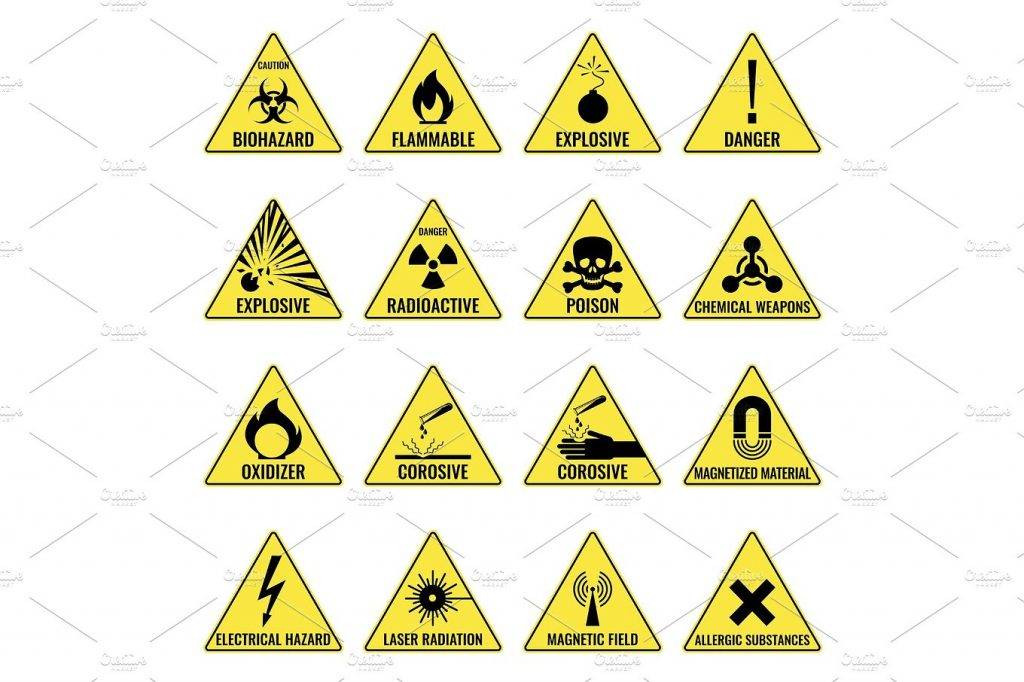
Toxic products or products that may cause serious or prolonged damage to health
These danger symbols are provided on products that can pose a serious danger to health. They may, for example, contain substances which are very toxic or carcinogenic, that may affect some systems of the body or can cause genetic damage in the DNA. Chemicals with these properties may not as a rule be sold to the general public.
Do Not Disturb Warning Signs
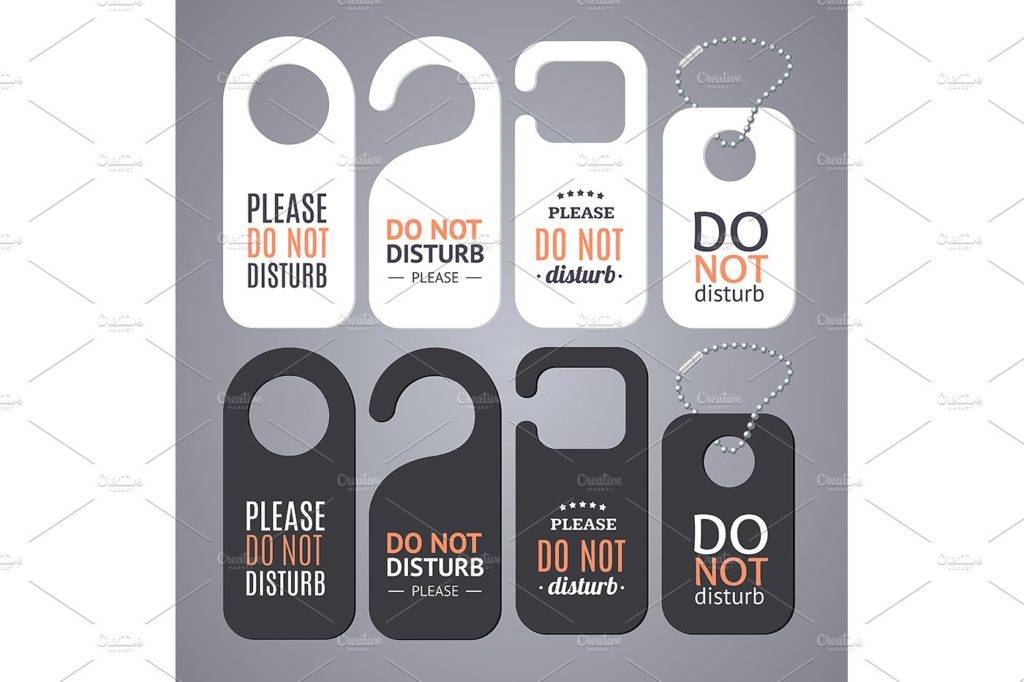
Products that are harmful to the environment
Some chemicals may are very harmful to the environment, such as certain paints, chemicals used in funeral homes and hospitals. If environmental toxins are released into water or forest and soil, they may be harmful to both animals and plants. They also pose an indirect risk to us as humans in the form of the food they eat and the water they drink. As many environmental groups have always been campaigning, consider the environment when disposing of any residue. Let an environmental waste disposal station take care of chemical wastes and residues. Avoid ever dumping these harmful residues down the drain or dump it in anywhere in an empty space. There are places for this kind of wastes.
Warning Signs and Symbols
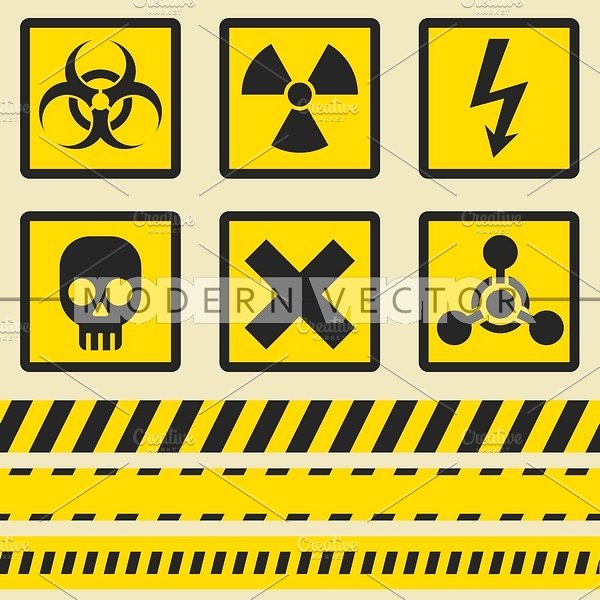
Warning Hazards Symbols and Labels
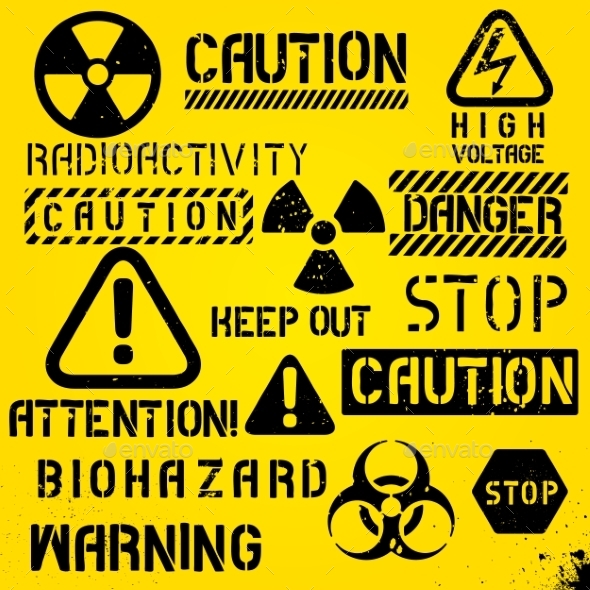
Helpful tips when using and storing chemicals:
- Keep chemicals in their original packaging. Keep them in a safe place that will not be disturb by anyone. Don’t mix them with materials that you use daily. Do not also transfer these chemicals into lemonade bottles, mugs or the like. When these chemicals have been used up, throw them away properly. Don’t mix them with other trashes or just throw them anywhere.
- Look for any danger symbols and read the information given. Follow the instructions on the label.
- Avoid skin contact, eye contact and even inhalation of the chemicals. If you have these stuff such as goggles, gloves, and mask, wear them when touching these chemicals. If you have cuts or wounds, cover these and never expose them to chemicals.
- Keep them out of reach of children.
- If a poisoning accident occurs, call your local Poison Control Center. If you don’t know the number, don’t wait for any accidents to happen to get their number; list down their numbers and make sure you keep these numbers and inform your family members about these numbers so they will also know what to do in case of emergencies.
- Consider the environment when you dispose of leftover chemicals or empty packaging.
If the product is labelled with a danger symbol, read the information to protect yourself and handle the product correctly. In addition to the visible danger symbol, some products have a tactile warning label and a child-resistant fastening. Examples of tactile warning labels and a child-resistant fastening in the form of a bottle stopper that is difficult for a small child to open.


